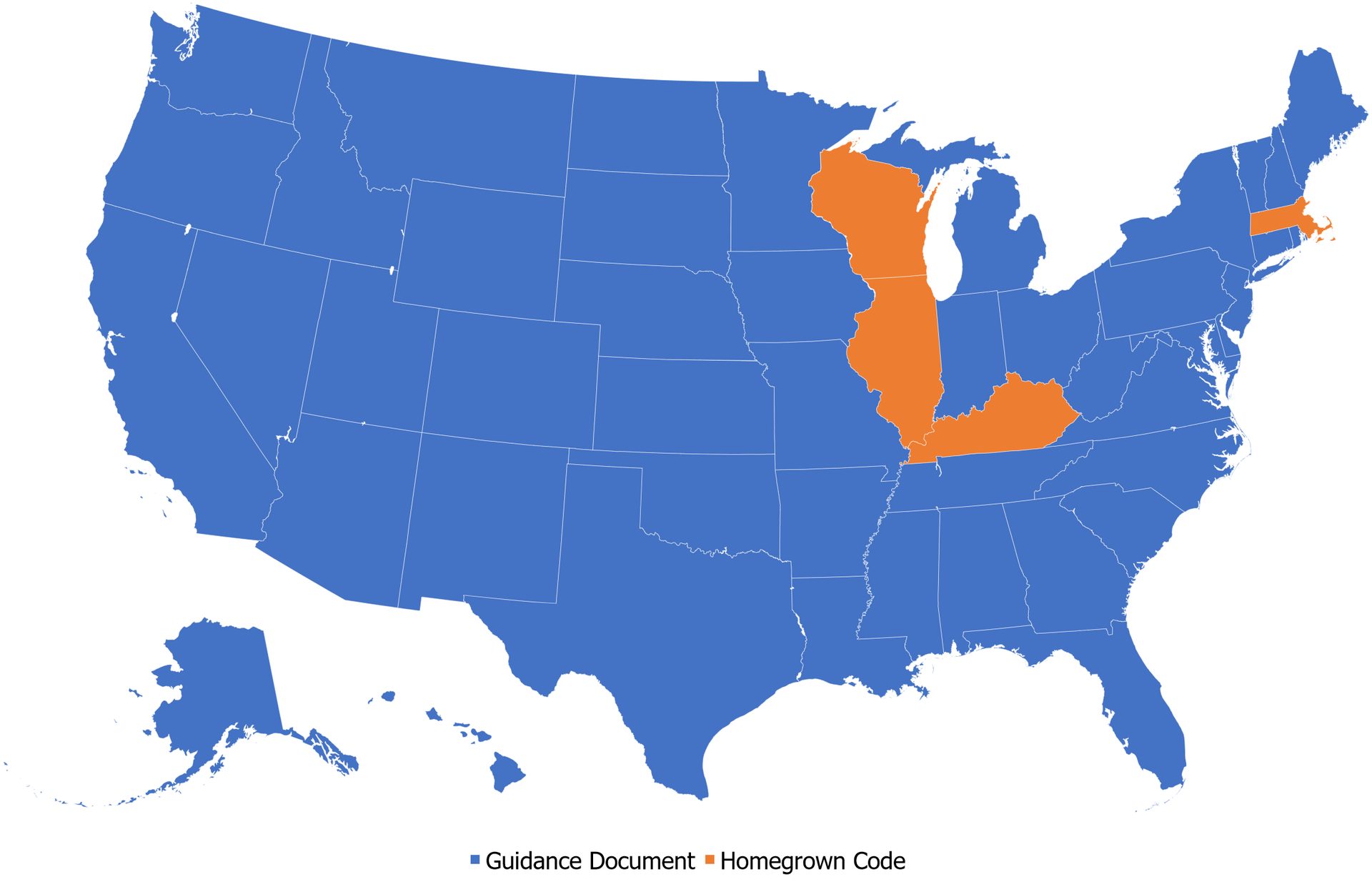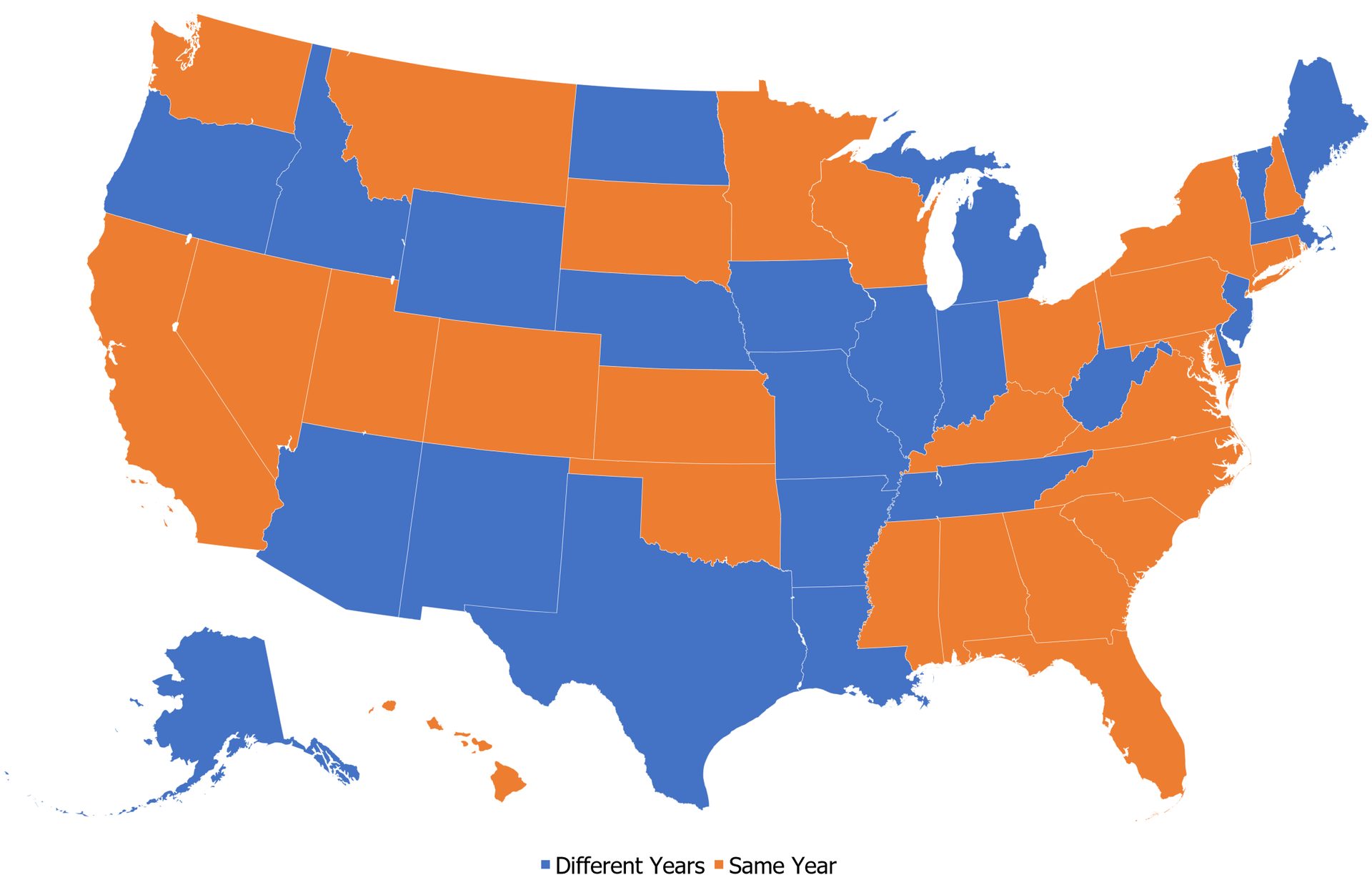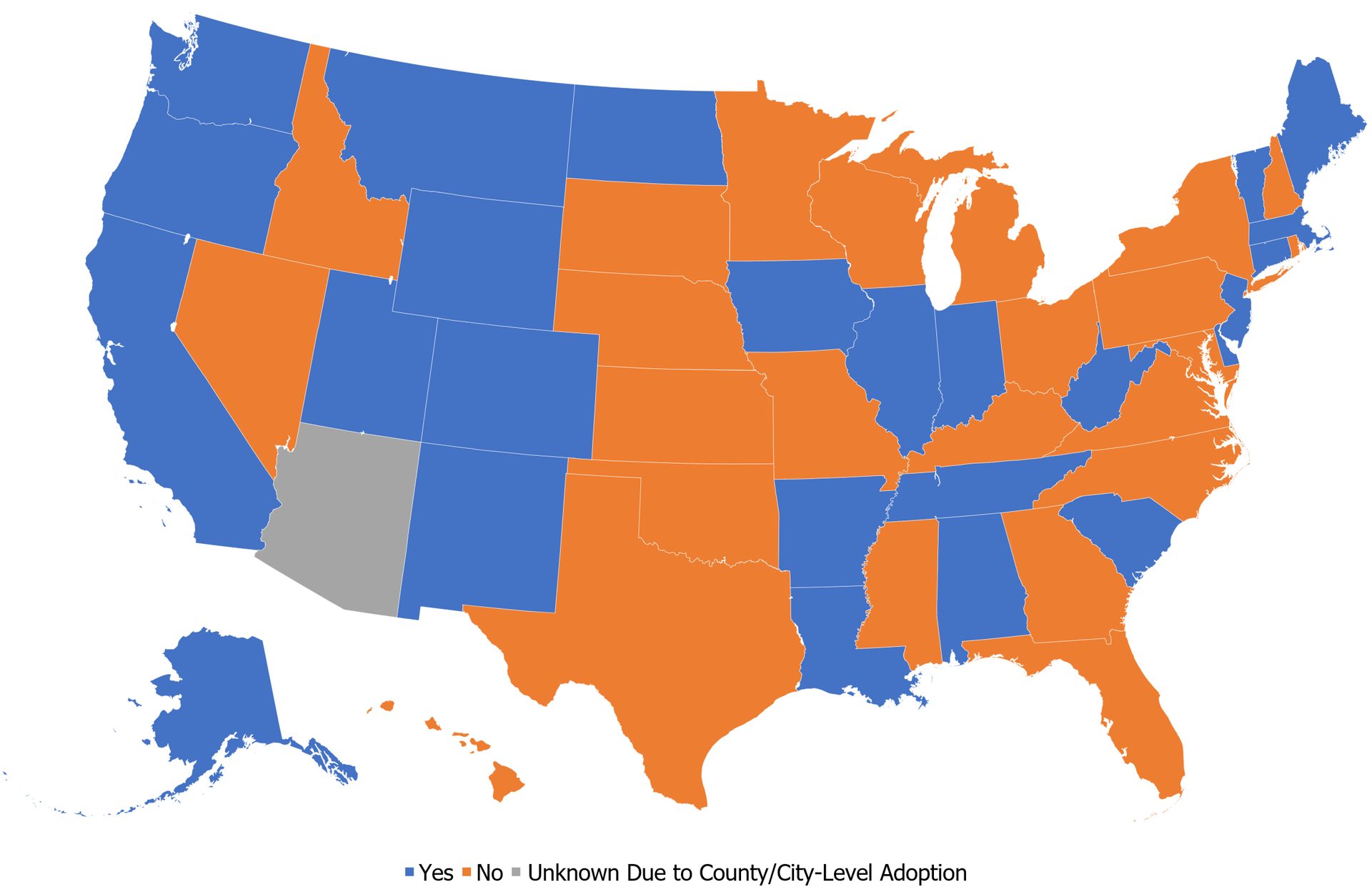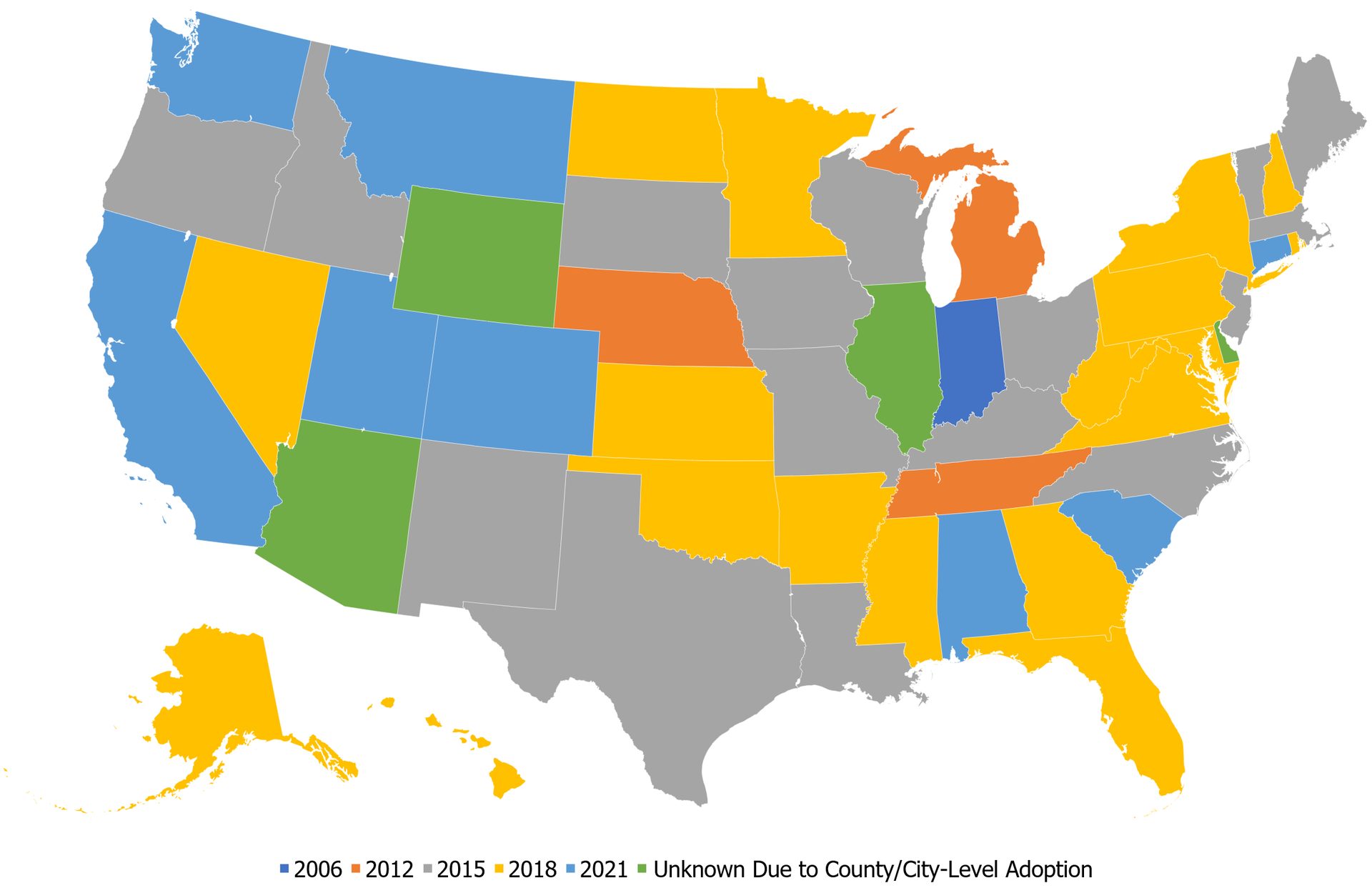
What good are the base model codes?
An in-depth look at model codes in the United States.
GUARD ON COMPLIANCE || By Misty Guard
CODES || By Julius Ballanco, P.E., CPD, FASPE
GUARD ON COMPLIANCE ||
By Misty Guard
There’s beauty in the blue of a summer sky, the flutter of petals in a summer breeze and the rolling thunder of a summer storm. Here’s to hoping your summer is in full swing and you’re experiencing all that brings you summer joy and happiness.
Some news to make your summer even more cheery is that many of the organizations we monitor have minimal new activity during these months. I utilize the lull by developing plans for work activities coming up this fall. In October 2023, the United States (U.S.) code development bodies will begin development activities for the 2027 versions of the U.S. model codes. You may recall that I discussed upcoming changes to ICC's code development process in my March 2023 column.
I monitor the activity of base model code development organizations for two main reasons:
Every jurisdiction in the U.S. uses some version of building and safety codes (BSC); and
Most products manufactured for the building and construction industries have requirements in the BSCs.
A client recently asked, "What good are the base model codes?" That started me thinking that some of my readers may have the same question, so I did some investigation. I took a deep look into the building, plumbing, mechanical and fire codes currently adopted in the U.S. states and by the District of Columbia (generically, the U.S. states). Specifically, I studied 1) how states use the base model codes, 2) how states amend the base model codes, 3) what publication years are adopted by the U.S. states, and 4) what publication years are currently used by U.S. states. As I share my findings with you, I hope you gain a deep appreciation for the value and purpose of base model codes.
Which U.S. states use base model codes as the foundation in the development of state BSCs?
The majority of U.S. states rely on the base model codes for the development of jurisdiction-specific BSCs. Four states have “homegrown” plumbing codes: Illinois, Kentucky, Massachusetts and Wisconsin.

All maps courtesy of Regulosity,
What is the likelihood that a U.S. state will amend a base model code?
The majority of U.S. states develop jurisdiction-specific versions of the BSCs. Forty-one U.S. states have a high or moderately-high likelihood of amending the base model codes with jurisdiction-specific requirements.

Do U.S. states adopt the same publication year for multiple BSCs?
Most U.S. states adopt the same publication year for multiple BSCs, but 23 U.S. states adopt BSCs published in different years. The publication year of the BSC currently adopted by each jurisdiction must be checked.

Which U.S. States have adopted the 2021 publication year of a BSC?
Twenty-five states have adopted at least one 2021 publication year of a BSC. Generally, states are not adopting the most current publication years of BSCs. Some states, like Indiana, require that BSCs be a minimum of five years past the publication year before the codes are eligible for adoption. Only 32% of the BSCs I reviewed were from the 2021 publication year.

What is the publication year of the oldest code adopted by each U.S. state?
Indiana is currently using the 2006 publication year of the International Plumbing Code. Recently, I came across a city using the Western Plumbing Officials’ Plumbing Code, 1958 edition.

What good are the base model codes?
Back to the question: What good are the base model codes? The value of the base model codes is that they provide the fastest way to ensure that states, counties, and cities discuss new products, technologies and system designs. Access to so many jurisdictions through a single published document makes it worth both time and investment. Although the base model codes have value, they also have usefulness limitations. Due to the high level of amendments, variation in different years adopted, and old BSC publication years in use, base model codes cannot be used as the basis for jurisdiction-specific building or systems design and will not ensure market access for products in the U.S. To reduce liability and manage risks, additional assessment is required to ensure there are no jurisdiction-specific requirements.
What can you do?
Monitor, monitor, monitor! Keep track of the activities of the code development organizations. Here are the three organizations I follow: the International Code Council (ICC), the International Association of Plumbing & Mechanical Officials (IAPMO), and the National Fire Protection Association (NFPA). While I recommend that you personally monitor code development activities, you may request updates through your trade association.
Or, as always, simplify your life and call me at Regulosity!
JuSun/iStock/Getty Images Plus via Getty Images.
Misty Guard, MSPP, is president of Regulosity in Milwaukee, Wisconsin. She assists international and domestic companies to obtain and maintain market access for products worldwide. She creates solutions that support businesses to achieve compliance with laws, regulations, codes, standards and public policies. Follow her on Twitter and LinkedIn. She can be reached by email at info@regulosity.com.

